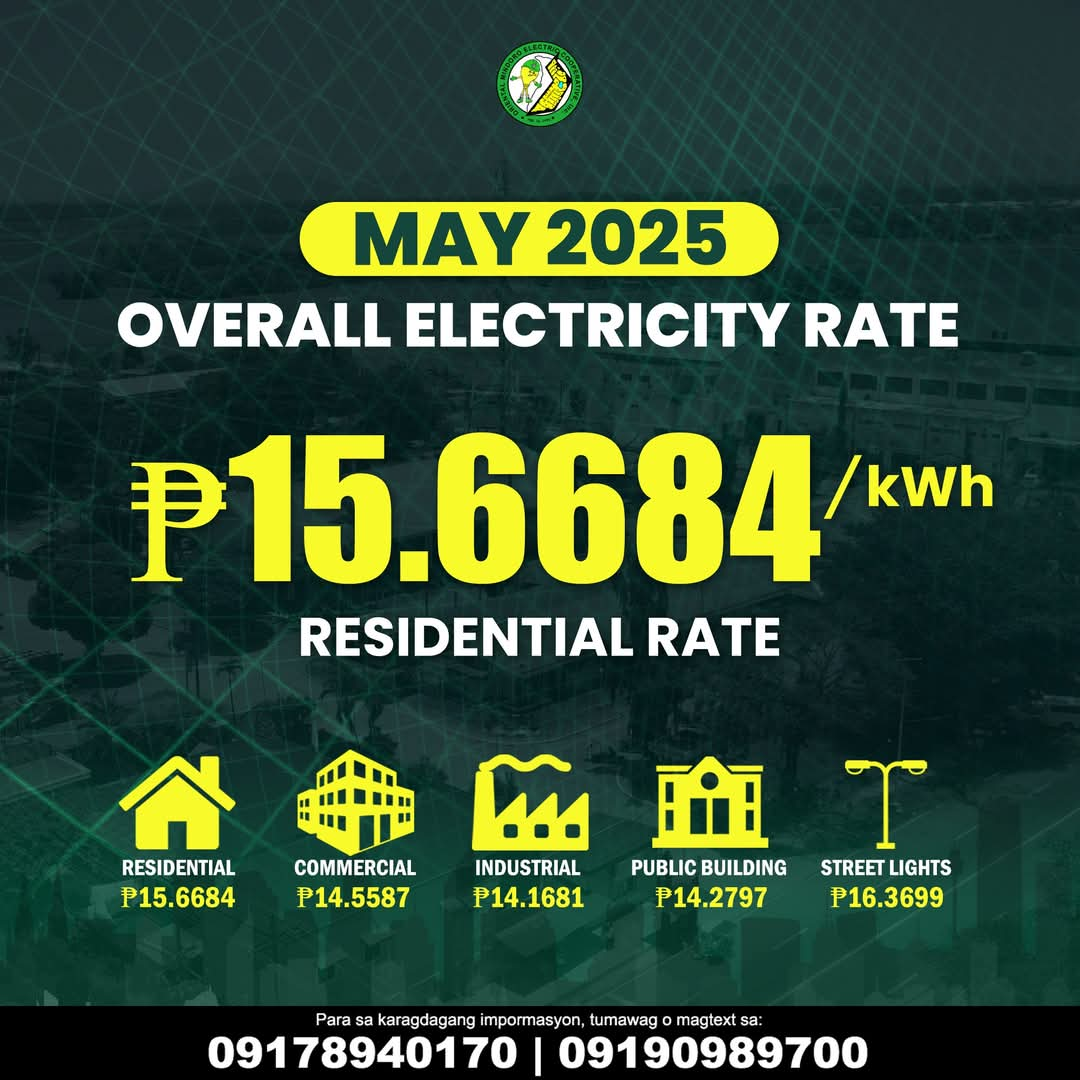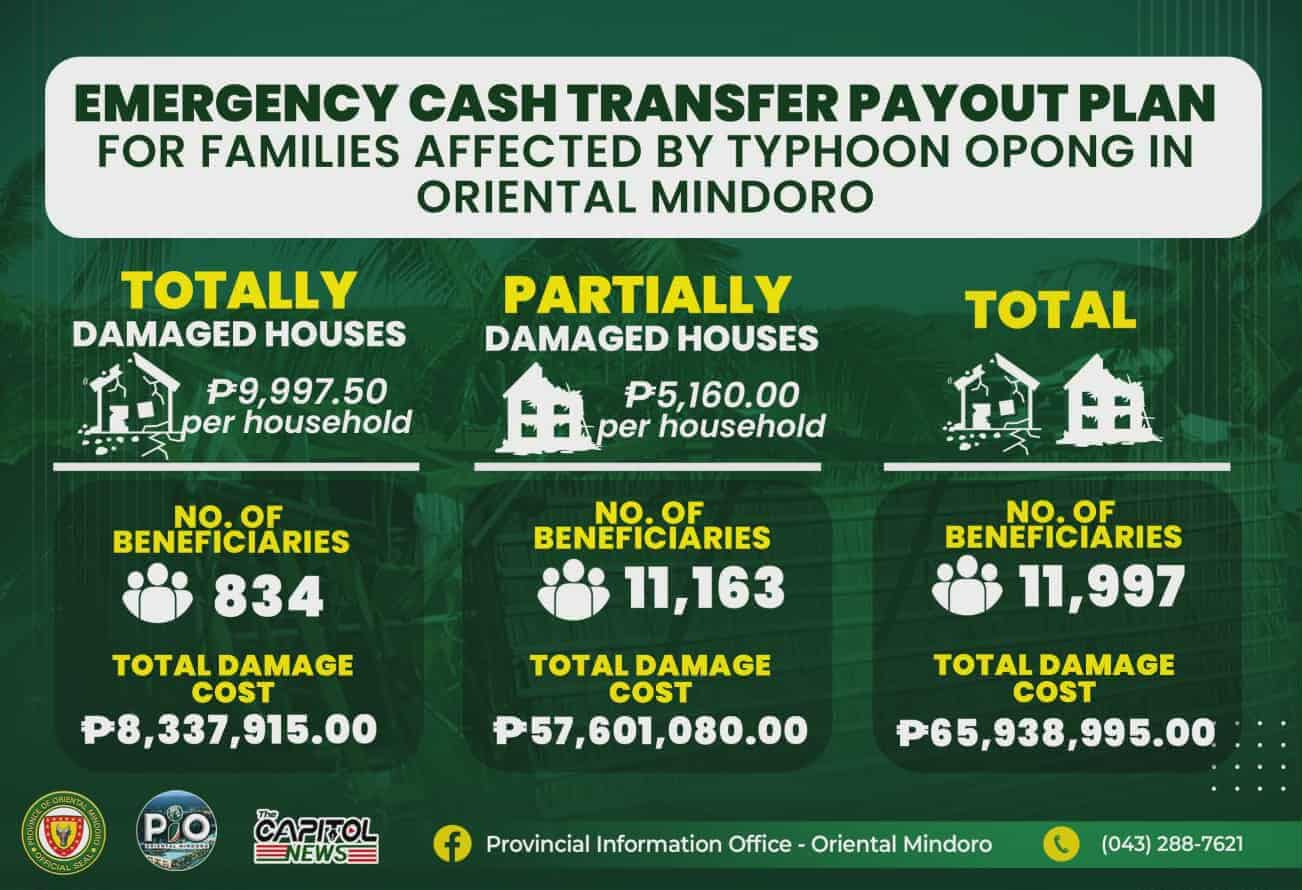Residents and businesses across Oriental Mindoro face steep electricity cost increases as the Oriental Mindoro Electric Cooperative (ORMECO) implemented a P2.19 per kilowatt-hour jump in May 2025, bringing residential rates to P15.67/kWh – the highest in more than a year.
The May increase represents a 16.2% rise from April’s P13.48/kWh rate and a staggering 19.3% increase from March’s P13.12/kWh, according to ORMECO’s official rate announcements.
All consumer sectors are affected by the sharp increase.
Commercial establishments will pay P14.56/kWh, industrial users P14.17/kWh, public buildings P14.28/kWh, and street lighting P16.37/kWh in May.
Oriental Mindoro has long struggled with high electricity costs compared to national averages.
According to energy sector analysts, ORMECO’s rates are among the highest in the country, with consumers paying nearly double what residents in Metro Manila typically pay.
Mindoro island’s geographical isolation and reliance on diesel power plants rather than connection to the main Luzon grid contribute largely to these elevated costs.
NGCP’s upcoming Batangas-Mindoro Submarine Power Interconnection project is anticipated to enhance power supply and reduce electricity rates.
The province’s dependence on Emergency Power Providers (EPPs), which use diesel generators with higher operational costs, has been a persistent issue.
Unlike areas connected to the primary national grid, Oriental Mindoro lacks access to cheaper power sources like hydroelectric and geothermal plants.
Consumer advocacy groups have repeatedly called for government intervention and acceleration of renewable energy projects on the island.
Several small solar installations have been implemented, but their capacity remains insufficient to meaningfully offset the dependence on diesel generators.
While ORMECO did not provide specific reasons for the May increase in their public announcement, the March rate notification cited “increased utilization of Emergency Power Providers” due to adverse weather and insufficient supply to meet growing demand.
System losses of 9.37% were also noted, with 7.34% attributed to non-technical losses including pilferage and unbilled consumption.









Write Your Comment